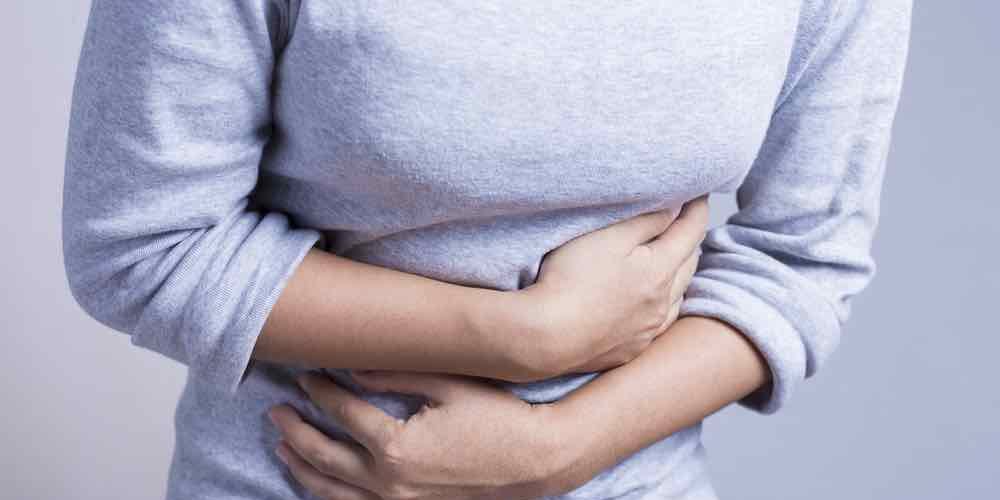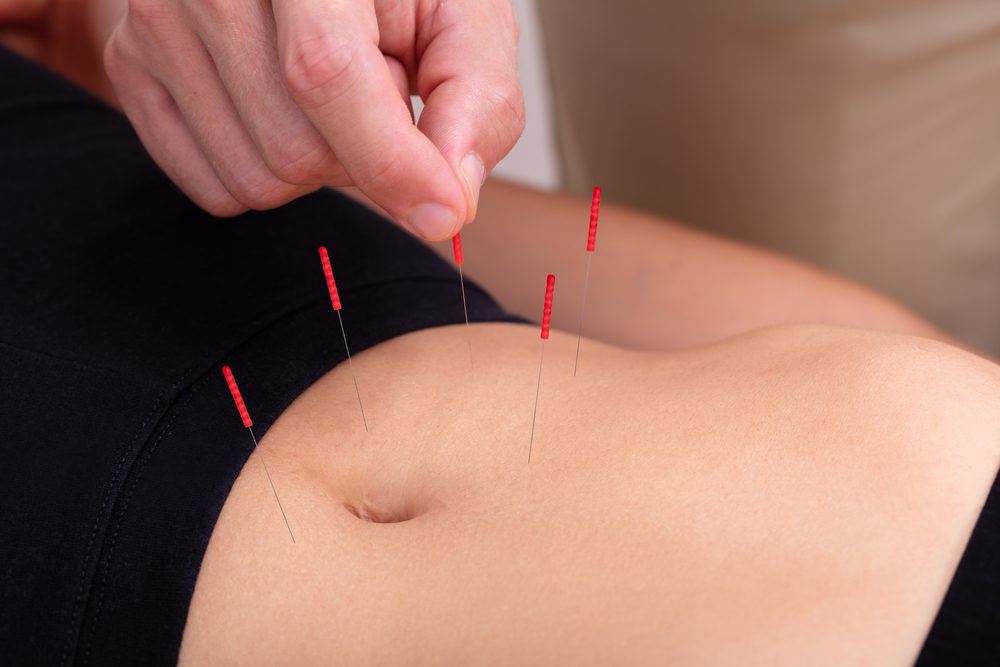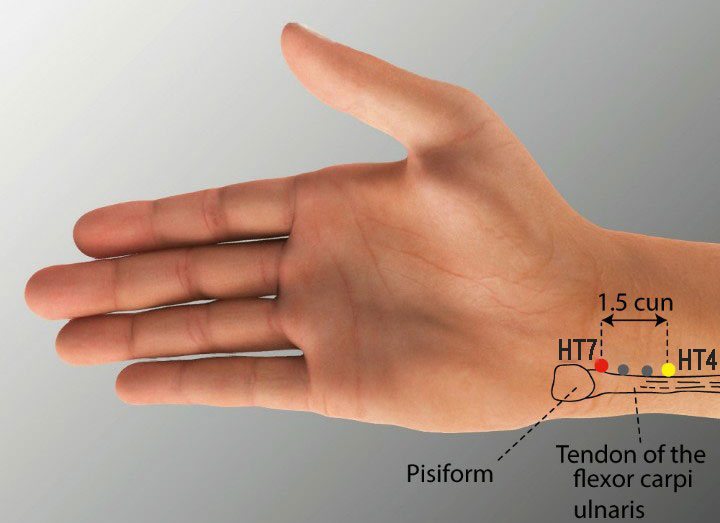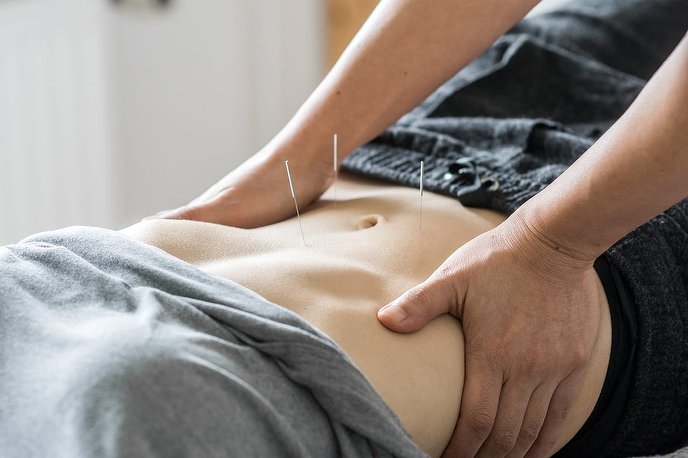Upper Stomach Pain and How Acupuncture Can Help
Upper stomach pain, also referred to as epigastric pain, is a common complaint that can range from mild discomfort to severe distress. This type of pain, located in the upper abdomen just below the rib cage, can stem from various causes, including digestive issues, organ-related conditions, or even stress. While conventional treatments like medications and lifestyle changes are often effective, alternative therapies such as acupuncture have gained popularity for their potential to alleviate upper stomach pain naturally. In this comprehensive guide, we’ll explore the causes and symptoms of upper stomach pain, delve into how acupuncture works as a treatment, and provide actionable insights for managing this condition.
- What Is Upper Stomach Pain?
- Common Causes of Upper Stomach Pain
- Symptoms Accompanying Upper Stomach Pain
- Diagnosing Upper Stomach Pain
- How Acupuncture Helps with Upper Stomach Pain
- What to Expect During an Acupuncture Session
- Benefits of Acupuncture for Upper Stomach Pain
- Risks and Considerations
- Lifestyle Tips to Manage Upper Stomach Pain
- Conclusion
What Is Upper Stomach Pain?
Upper stomach pain occurs in the epigastric region, the area between the lower end of the rib cage and the navel. This region houses vital organs like the stomach, liver, pancreas, gallbladder, and parts of the small intestine, making it a complex area where pain can originate from multiple sources. The pain may present as a dull ache, sharp stabbing sensation, burning feeling, or bloating, and its intensity and duration can vary.
Maybe You Need:
Understanding the root cause of upper stomach pain is critical for effective treatment. While some cases resolve on their own, persistent or severe pain may indicate an underlying medical condition requiring professional attention.

Common Causes of Upper Stomach Pain
Upper stomach pain can arise from a wide range of conditions, from benign to serious. Below are the most common causes, categorized for clarity:
- Digestive System Issues
- Acid Reflux (GERD): Gastroesophageal reflux disease occurs when stomach acid flows back into the esophagus, causing a burning sensation in the upper abdomen or chest (heartburn). Triggers include spicy foods, caffeine, and lying down after eating.
- Gastritis: Inflammation of the stomach lining, often caused by Helicobacter pylori infection, excessive alcohol consumption, or prolonged use of nonsteroidal anti-inflammatory drugs (NSAIDs) like ibuprofen.
- Peptic Ulcers: Open sores in the stomach or small intestine, typically linked to pylori or NSAID use, can cause burning pain that worsens with an empty stomach.
- Indigestion (Dyspepsia): General discomfort after eating, often accompanied by bloating, nausea, or a feeling of fullness.
- Gastroparesis: A condition where the stomach empties slowly, leading to bloating, nausea, and pain, commonly seen in diabetic patients.
:max_bytes(150000):strip_icc()/VWH-MiraNorian-DigestiveTract-Standard-98d5e87d743e40528495a53ba8711fed.jpg)
- Organ-Related Conditions
- Gallstones: Hardened deposits in the gallbladder can cause sharp pain in the upper abdomen, especially after fatty meals.
- Pancreatitis: Inflammation of the pancreas, often due to alcohol consumption or gallstones, leads to severe, persistent pain that may radiate to the back.
- Liver Issues: Conditions like hepatitis or fatty liver disease can cause discomfort in the upper right abdomen.
- Hiatal Hernia: Part of the stomach pushes through the diaphragm, contributing to acid reflux and epigastric pain.
- Other Causes
- Stress and Anxiety: Psychological stress can manifest physically, causing tightness or discomfort in the upper abdomen.
- Musculoskeletal Issues: Strained abdominal muscles or rib cage injuries may mimic visceral pain.
- Cardiac Conditions: In rare cases, upper stomach pain may be a referred symptom of heart issues, such as angina or a heart attack, especially if accompanied by chest pain or shortness of breath.
- Food Intolerances: Lactose intolerance or gluten sensitivity can lead to bloating and pain after consuming trigger foods.
- Serious Conditions
- Appendicitis: Though typically associated with lower abdominal pain, early appendicitis can cause discomfort in the upper abdomen.
- Aortic Aneurysm: A rare but life-threatening condition where a weakened aorta bulges, causing severe pain.
- Cancer: Stomach, pancreatic, or liver cancer may present with persistent upper abdominal pain, weight loss, and fatigue.

Symptoms Accompanying Upper Stomach Pain
The symptoms accompanying upper stomach pain can provide clues about its cause. Common associated symptoms include:
- Nausea or vomiting
- Bloating or gas
- Heartburn or acid reflux
- Loss of appetite
- Fever or chills (indicating infection or inflammation)
- Jaundice (yellowing of the skin, linked to liver or gallbladder issues)
- Unexplained weight loss
- Blood in stool or vomit (a medical emergency)
If upper stomach pain is severe, persistent, or accompanied by symptoms like difficulty breathing, chest pain, or fainting, seek immediate medical attention.
Diagnosing Upper Stomach Pain
Accurate diagnosis is essential for effective treatment. Healthcare providers may use the following methods:
- Medical History and Physical Exam: Discussing symptoms, diet, lifestyle, and medical history helps narrow down causes.
- Blood Tests: To check for infection, liver function, or pancreatic enzyme levels.
- Imaging Tests: Ultrasound, CT scans, or MRIs visualize organs like the gallbladder, liver, or pancreas.
- Endoscopy: A camera inserted into the stomach checks for ulcers, gastritis, or other abnormalities.
- Pylori Testing: Breath, blood, or stool tests detect this bacteria linked to ulcers and gastritis.
How Acupuncture Helps with Upper Stomach Pain
Acupuncture is a key practice in Traditional Oriental Medicine (TOM) that involves inserting very thin, sterile needles into specific points on the body called acupoints. These acupoints are located along pathways known as meridians, which are believed to channel the body’s energy. By stimulating these points, acupuncture seeks to restore balance, support the body’s natural healing processes, and relieve pain or discomfort.
Modern science suggests acupuncture may produce therapeutic effects through several mechanisms:
- Releasing Endorphins: Acupuncture can trigger the release of endorphins, the body’s natural pain-relieving chemicals, helping to reduce discomfort.
- Regulating the Nervous System: It may influence nerve signals, calming the brain’s perception of pain.
- Enhancing Blood Flow: Stimulation of acupoints can improve circulation, which may reduce inflammation and promote healing.
- Supporting Digestion: Acupuncture can help regulate stomach and intestinal functions, making it especially relevant for conditions like upper stomach pain.

Acupuncture is widely recognized for its ability to manage various health issues, including:
- Chronic and acute pain
- Digestive disorders (e.g., acid reflux, bloating, or gastritis)
- Stress and anxiety
- Other chronic conditions
For upper stomach pain, acupuncture is a promising complementary therapy because it can address both the symptoms (e.g., pain, bloating) and underlying causes (e.g., inflammation, stress, or poor digestion). By targeting specific acupoints, it helps restore harmony to the digestive system and alleviate discomfort, often in conjunction with conventional treatments.
Here’s how it may help with specific conditions:
- Acid Reflux and GERD
- Acupuncture may reduce acid reflux by regulating esophageal sphincter function and decreasing stomach acid production. Studies, such as one published in The American Journal of Gastroenterology (2011), suggest acupuncture can improve GERD symptoms by modulating vagal nerve activity, which controls digestion.
- Common acupoints: PC6 (Neiguan) on the wrist and ST36 (Zusanli) on the leg to calm the stomach and reduce nausea.
- Gastritis and Peptic Ulcers
- By reducing inflammation and promoting mucosal healing, acupuncture may alleviate gastritis and ulcer-related pain. A 2014 study in Evidence-Based Complementary and Alternative Medicine found acupuncture effective in reducing epigastric pain in gastritis patients.
- Acupoints like CV12 (Zhongwan) in the upper abdomen and SP4 (Gongsun) on the foot are used to harmonize stomach function.
- Indigestion and Bloating
- Acupuncture can enhance gastric motility, helping the stomach empty more efficiently and reducing bloating. It may also relieve stress, a common trigger for functional dyspepsia.
- Acupoints: LI4 (Hegu) on the hand and ST25 (Tianshu) near the navel to improve digestion and relieve bloating.
- Stress-Related Pain
- Stress and anxiety can exacerbate upper stomach pain by increasing cortisol levels and disrupting digestion. Acupuncture’s calming effect on the nervous system can lower stress, as shown in a 2017 Journal of Acupuncture and Meridian Studies
- Acupoints: HT7 (Shenmen) on the wrist and GV20 (Baihui) on the head to promote relaxation.
- Pancreatitis and Gallbladder Issues
- For inflammatory conditions like pancreatitis or gallstones, acupuncture may reduce pain and inflammation as an adjunct to medical treatment. It’s not a cure but can support symptom management.
- Acupoints: GB34 (Yanglingquan) on the leg and LR3 (Taichong) on the foot to support gallbladder and liver health.
While acupuncture has been used for centuries, modern research is catching up. Key studies include:
- A 2015 meta-analysis in World Journal of Gastroenterology found acupuncture effective for functional dyspepsia, with improvements in pain, bloating, and quality of life.
- A 2018 randomized controlled trial in Acupuncture in Medicine showed acupuncture reduced GERD symptoms more effectively than PPIs in some patients.
- A 2020 study in Journal of Pain Research highlighted acupuncture’s role in reducing epigastric pain by modulating pain pathways and inflammation.
Though promising, more large-scale, high-quality studies are needed to establish acupuncture’s efficacy for specific conditions. Always consult a healthcare provider before starting acupuncture, especially for serious conditions.

What to Expect During an Acupuncture Session
If you’re considering acupuncture for upper stomach pain, here’s what to expect:
- Initial Consultation: The acupuncturist will assess your symptoms, medical history, and lifestyle to create a personalized treatment plan.
- Needle Insertion: Thin needles (about the width of a human hair) are inserted into acupoints. You may feel a slight pinch or tingling, but discomfort is minimal.
- Session Duration: Needles remain in place for 15–30 minutes while you relax. Some practitioners use heat or electrical stimulation for added effect.
- Frequency: Treatment plans vary, but weekly sessions for 4–8 weeks are common for chronic conditions. Acute pain may require fewer sessions.
- Safety: Acupuncture is generally safe when performed by a licensed practitioner using Ascertainable risks include minor bruising or bleeding.
Benefits of Acupuncture for Upper Stomach Pain
Acupuncture offers several advantages as a complementary therapy:
- Non-Invasive: Unlike surgery or medications, acupuncture has minimal side effects.
- Holistic Approach: It addresses both physical and emotional factors, such as stress, that contribute to pain.
- Personalized Care: Treatments are tailored to your specific symptoms and constitution.
- Complementary to Conventional Medicine: Acupuncture can be used alongside medications or dietary changes for enhanced relief.
Risks and Considerations
While acupuncture is safe for most people, consider the following:
- Not a Standalone Cure: Acupuncture is best used as part of a comprehensive treatment plan, especially for serious conditions like ulcers or pancreatitis.
- Practitioner Qualifications: Choose a licensed acupuncturist certified by organizations like the National Certification Commission for Acupuncture and Oriental Medicine (NCCAOM).
- Cost: Sessions typically cost $50–$150, and insurance coverage varies.
- Contraindications: Avoid acupuncture if you have a bleeding disorder, are pregnant (certain acupoints are contraindicated), or have a pacemaker (if electrical stimulation is used).

Lifestyle Tips to Manage Upper Stomach Pain
In addition to acupuncture, these lifestyle changes can help:
- Dietary Adjustments: Eat smaller, frequent meals; avoid spicy, fatty, or acidic foods; and stay hydrated.
- Stress Management: Practice mindfulness, yoga, or meditation to reduce stress-related pain.
- Posture and Activity: Maintain good posture and avoid lying down immediately after eating.
- Monitor Symptoms: Keep a food and symptom diary to identify triggers.
While acupuncture and lifestyle changes can help, seek medical attention if you experience:
- Severe or worsening pain
- Blood in vomit or stool
- Unexplained weight loss
- Fever or jaundice
- Pain radiating to the chest, jaw, or arms (possible cardiac issue)
Conclusion
Upper stomach pain can significantly impact your quality of life, but understanding its causes and exploring treatment options can lead to relief. Acupuncture offers a natural, holistic approach to managing epigastric pain, particularly for conditions like acid reflux, gastritis, and stress-related discomfort. Supported by growing scientific evidence, acupuncture can complement conventional treatments, helping you achieve better digestive health and overall well-being.
If you’re considering acupuncture, consult a licensed practitioner and discuss your symptoms with a healthcare provider to create a comprehensive treatment plan. By combining acupuncture with lifestyle changes and medical care, you can take control of your upper stomach pain and improve your quality of life.
You need acupuncture treatment for Upper stomach pain? Contact Fuji Wellness now!
Fuji Wellness:
- Address: 132-0031 Matsushima 1-chome, 21-14, Tokyo, Japan
- Chat with us: Click here
- Email: sunnyphamsensei@gmail.com







